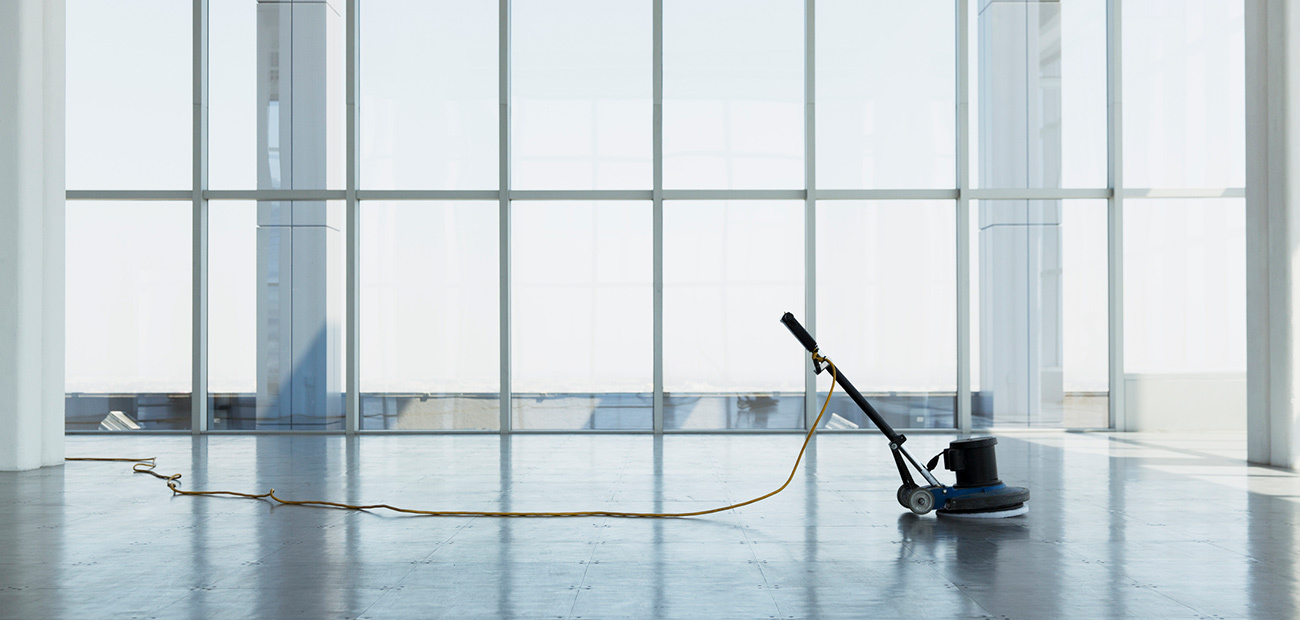
Key Takeaways:
- A growing field of technology—many that was showcased at CES 2021—is focused on sanitizing workspaces, homes, and cars against the coronavirus.
- Home builders are launching new amenities that tout improved air ventilation and nontoxic building materials to appeal to buyers’ growing desire for a “healthy home.”
- Smart masks, ultra-violet light gadgets, ultra-portable air purifiers, hands-free faucets, and more are helping to remove harmful pathogens lurking in spaces.
Real estate professionals are sanitizing more than their hands these days as they look to a field of new cleaning technology tools to disinfect their offices, cars, property listings, and their own homes. Because interest in “healthy” homes and buildings has taken on greater urgency during the COVID-19 pandemic, tech makers are eager to push out products that can provide maximum protection from the coronavirus.
Wearable “smart” masks, portable air purifiers, and ultraviolet light gadgets that filter out harmful pathogens were among the innovations showcased at January’s all-virtual CES 2021, formerly known as the Consumer Electronics Show.
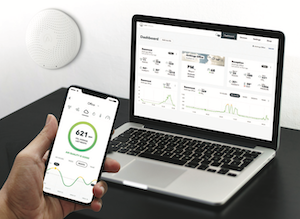
“Our buildings have been so underventilated for so long,” Michael Don Ham, co-founder of Pure365, a firm focused on air purifying solutions, said during a CES session. “That has allowed aerosol viruses and micro-organisms to spread.” Ham pointed to a growing array of targeted solutions for air cleaning that users can benefit from even after pandemic risks subside.
Builders believe that demand for healthier home and office features will only grow. In August 2020, homebuilding giant Taylor Morrison began offering TM LiveWell, a new package of amenities that is now included in all of its new single-family homes. The features include an improved ventilation system, filtered drinking water, hands-free faucets, low VOC-emissions paint, and the use of nontoxic building materials.
A survey conducted by Taylor Morrison and Meyers Research in 2020 found that 40% of millennials and 35% of Gen X home shoppers desire health and wellness features in a new home.
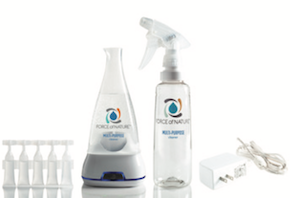
“Our national consumer research shows that home shoppers are looking first and foremost for air quality, clean water, and antibacterial surfaces,” says Tim Sullivan, a senior managing partner at Meyers Research, a real estate consulting firm.
Consumers are buying more clean tech for their homes. From mid-March to the end of August 2020, sales of vacuum cleaners, fans, humidifiers, and water filters climbed 32% compared to a year earlier according to the NPD Group, a market research firm. From May to August 2020 alone, demand for washing machines with purifying steam functions increased demand by 46%.
Here is a sampling of newer clean tech that may have a helpful place in your home or office—or your clients’.
Every breath you take. Masks have become an essential part of everyday wardrobes, and so-called smart masks promise to keep away even more of the harmful germs. For example, AirPop’s Active+ masks ($149.99) filter out pathogens while also collecting data on the air and your breathing patterns. A compatible smartphone app alerts you to the surrounding air quality as well as when the mask’s filter needs to be changed. Also, Binatone’s MaskFone ($49.99) is a medical-grade N95 mask with built-in wireless headphones and a microphone. It includes voice control using Amazon’s Alexa so you can stay masked while fielding business calls.
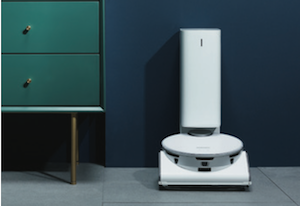
Bring in the light. Robots can make for a perfect social distancing partner so commercial companies are turning to ones armed with UV-C—a type of UV light— to disinfect spaces. Ubtech’s Adibot—which is aimed at small businesses and schools—uses ultraviolet light to offer hospital-grade disinfection of spaces. It can be rolled around a space manually, or an upgraded model can sanitize an area on its own. It can clean up to a 1,000-square-foot room in 70 to 100 seconds. (The cost starts at $20,000 for the manual option.)
Companies are also offering smaller examples geared for the home and mobile office, such as the Targus UV-C LED Desktop Disinfection Lamp (available in March). This desktop light can run for five minutes every hour to reduce pathogens lurking on high-touch devices like your keyboard, mouse, and cellphone. As a safety feature, the device has automatic shut-off whenever motion is detected to keep users protected from UV exposure.
To sanitize small items while on the go, Motrex’s M-Puregadget uses UV-C light in an enclosed smartphone sanitization pod that can slide into your car’s cup holder. Within 10 minutes, it can disinfect your phone or small objects, like a key ring, mask, or wallet.
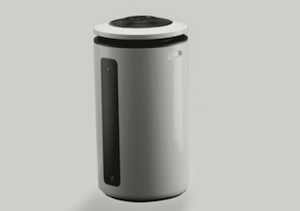
DIY disinfectant. Some cleaning products offer a nontoxic way to combat germs in the workplace or at home. For example, Force of Nature ($70 for a starter kit) is an electric countertop appliance that turns tap water—plus a capsule of salt, water, and vinegar—into a specialized cleaner and disinfectant. The company, founded in 2016, has found its electrolyzed water product is effective against the coronavirus. It can be used on any surface—from countertops and glass to stainless steel and tile.
Robot helpers. Send the robot in after a showing to clean. Robotic vacuums can be beckoned by voice to clean the floors. Samsung debuted JetBot 90 AI+ at CES 2021 (coming in the first half of 2021), which uses artificial intelligence for object recognition along with 3D sensors and a built-in camera to determine the most efficient cleaning path. Also, Roborock S7 ($650) is a robotic mop and vacuum all-in-one that can detect the difference between carpet and hardwoods and will adjust its cleaning method on its own.
Hands-free living. Eliminating riskier, frequent touch points in homes and offices has become a higher priority for makers of smart home tech. Companies like Kohler and Moen offer contact-free or voice-controlled faucets for bathrooms and kitchens, ranging from about $600 to $1,000. Touchless, smart doorbells include new launches from Alarm.com ($200) and Arlo Technologies’ Arlo Touchless Video Doorbell, which use a proximity- sensing technology that will automatically ring when someone nears the front door.
Sensor sense. Before you can fix any air quality issues, you need to monitor the quality. Some buildings are focusing on data collection via sensors to measure CO2 levels, humidity, and ventilation to better know how to purify the indoor air. Airthings’ Virus Risk Indicator uses that information to calculate the risk level of virus transmission within the building. Also, BioIntelliSense’s BioButton is a wearable coin-sized gadget that offers a potential early warning system for COVID-19 symptoms by continuously measuring your vitals, such as temperature, heart rate, and respiratory rate.
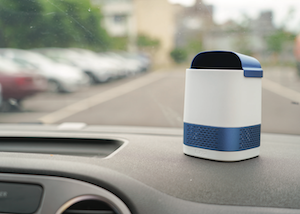
Air purifiers, big and small. Purifying the air without pricey replacement filters was a big trend at CES. Portable air purifiers such as LG’s PuriCare Mini Air Purifier ($176) and Luft’s Duo ($149) are compact germ zappers that can work in your car, on your desk, or at open houses. They can clean the surrounding air of dust, pollen, mold, and other pathogens. For larger spaces, Clean Air Zone offers a bio-based air-purifying system containing water and a special enzyme formula to trap and kill pollutants. The air purifier—which will retail for about $1,495 and will be available later this year—works best in a 700- to-1,200-square-foot space, the company says.
“The reality is COVID-19 opened our eyes,” says Corey MacPhee of Clean Air Zone. “Once the fear of COVID-19 is behind us, people will still look at air quality in a closer way.”
